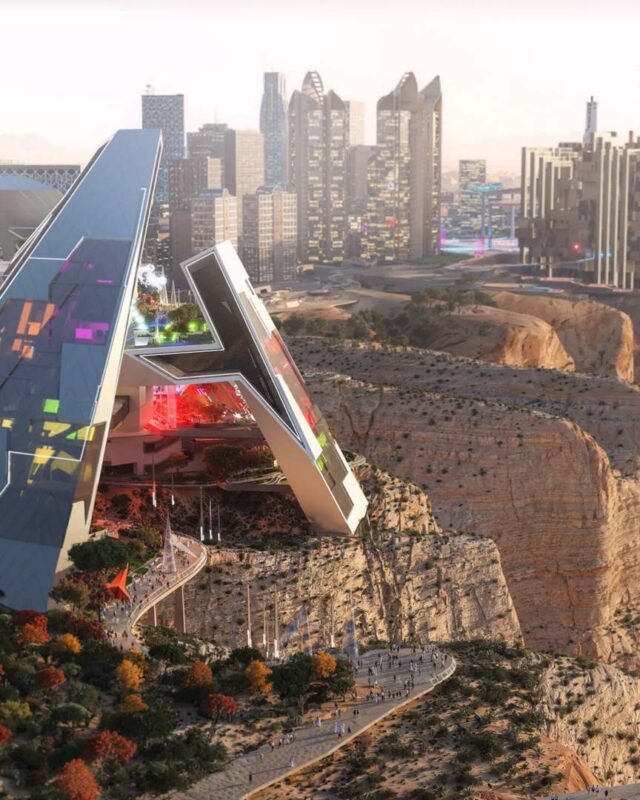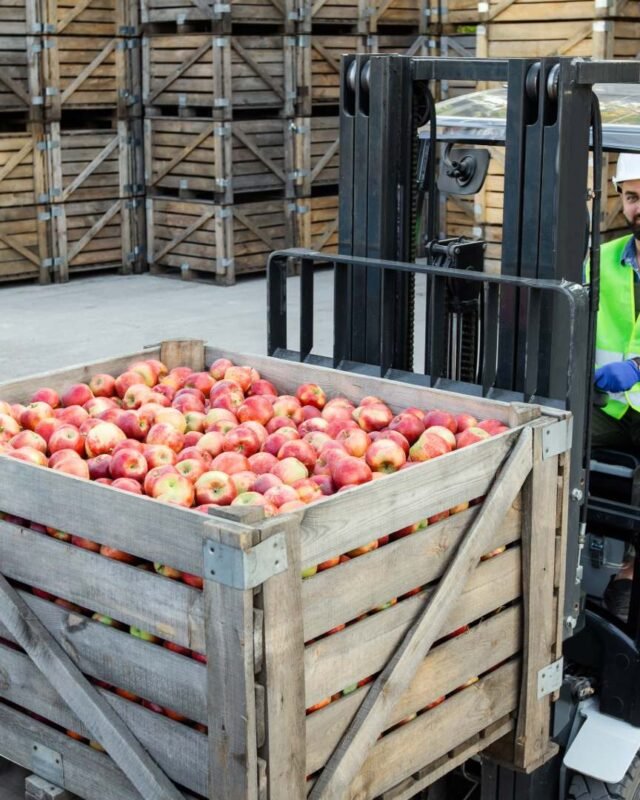Introduction: Navigating Growth in Saudi Arabia’s Construction Sector
Saudi Arabia emerges as a central figure in the global economic landscape, boasting a rapidly expanding construction sector. As of 2024, the Market Size of the Saudi Arabia Construction Industry is estimated at USD 70.33 billion, with projections indicating an increase to USD 91.36 billion by 2029. This growth, at a compound annual growth rate (CAGR) of 5.37%, is primarily driven by the nation’s Vision 2030—a strategic initiative aimed at diversifying and privatizing Saudi Arabia’s extensive economy. Central to this vision are monumental megaprojects such as Neom Future Cities, Qiddiya Entertainment City, and the Red Sea Project, which underscore the sector’s dynamic expansion. This environment beckons a diverse array of stakeholders—from international investors and local developers to policymakers—to draw on the deep insights provided by specialized Saudi construction consulting services, enabling strategic planning and informed decision-making in this flourishing market.
![]()
The robustness of Saudi Arabia’s construction market is further bolstered by unique demographic and strategic factors. Positioned at the crossroads of important international trade routes and endowed with vast oil wealth, the Kingdom has the financial muscle to fund extensive infrastructural developments. These investments not only contribute significantly to the GDP but also create numerous employment opportunities across the country. Additionally, a strategic shift towards enhancing non-oil sectors such as real estate and tourism is playing a crucial role in sustaining the construction sector’s growth.
Impact of Economic Policies and Pandemic Recovery to the Industry
The Saudi construction sector has shown remarkable resilience, bouncing back from pandemic-induced slowdowns. Despite a significant reduction in the pace of contract awards during 2020 and 2021, Saudi Arabia led the MENA region by the end of 2022 in the value of projects awarded, demonstrating a strong commitment to economic diversification and infrastructural enhancement.
Market Segmentation and Key Growth Areas in Saudi Arabia
The construction market in Saudi Arabia encompasses a broad range of activities, with segments including residential, commercial, industrial, and infrastructure projects related to transportation, energy, and utilities. Each sector has witnessed substantial investment, bolstered by the government’s initiatives to modernize infrastructure and boost economic sectors beyond oil.
2023: A Landmark Year for the Saudi Construction Sector
The year 2023 stands out as a defining period for the Saudi construction industry, with a significant increase in the value of construction contracts awarded. The surge in hotel construction and the anticipated completion of tens of thousands of hotel rooms underscore the Kingdom’s push to become a global hub for cultural and religious tourism, especially in cities like Makkah and Jeddah.
Competitive Landscape and Future Outlook of the Kingdom’s Construction Scene
The Saudi construction market is both fragmented and highly competitive, with key players like JGC Corp., SNC-Lavalin, Fluor Corp., Van Oord, and VINCI driving innovation and growth. The competitive dynamics are expected to intensify as the market grows, with a clear focus on sustainable and technologically advanced construction practices.
Conclusion: A Vision Toward 2029 and Beyond
As Saudi Arabia’s construction sector continues to expand amidst dynamic economic reforms and strategic developmental plans, the importance of strategic insights and partnerships becomes increasingly paramount. Collaborations with Saudi construction consulting services not only provide a nuanced understanding of the market but also ensure alignment with the nation’s broader economic goals under Vision 2030, fostering sustainable growth within the Kingdom’s construction ecosystem. By navigating these multifaceted dynamics and embracing strategic partnerships, stakeholders can leverage the opportunities presented by Saudi Arabia’s thriving construction market, contributing to the nation’s economic diversification and long-term prosperity.



